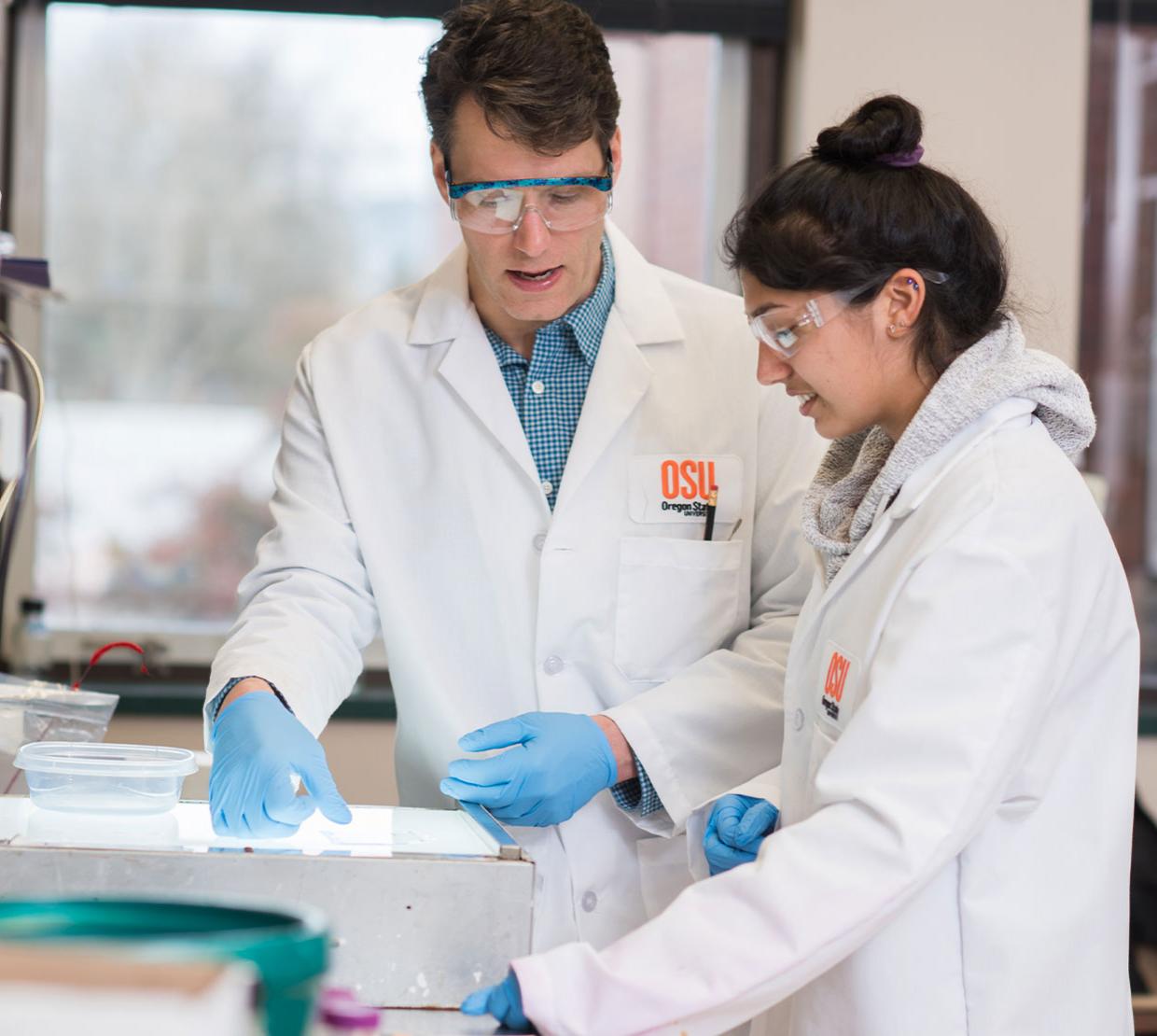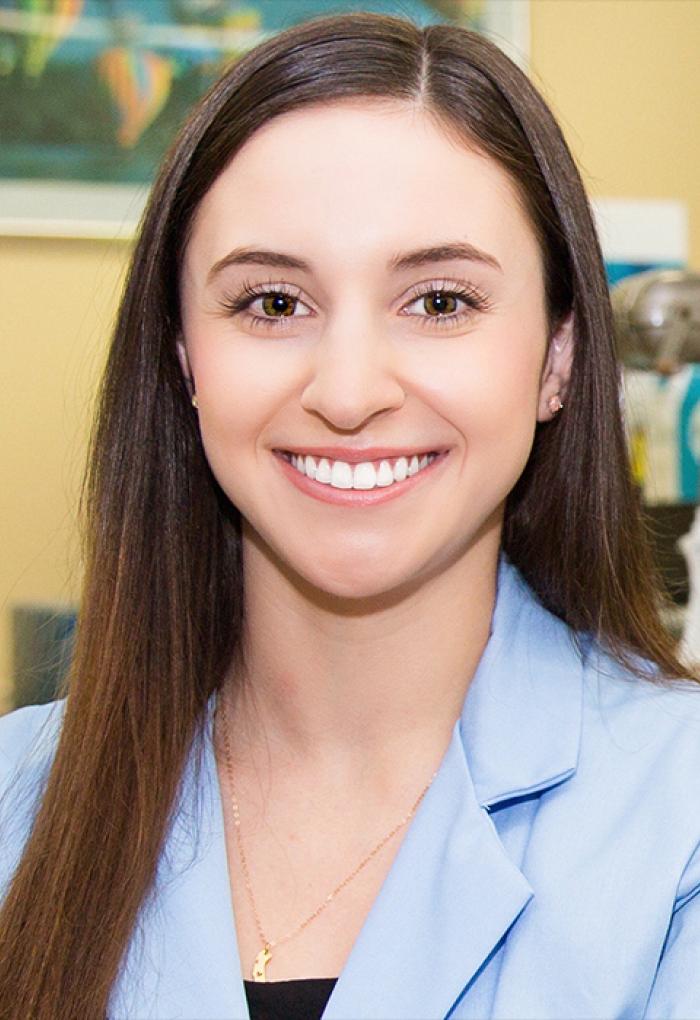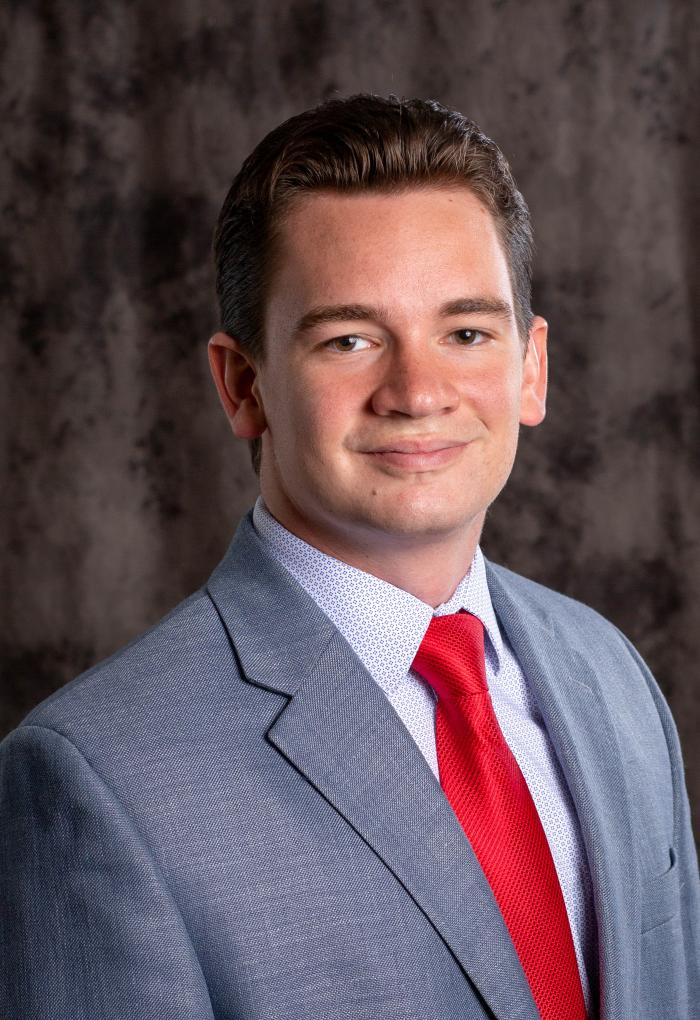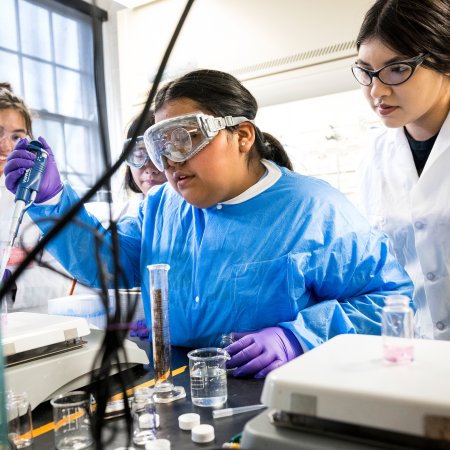The COVID-19 pandemic is creating a surging interest in science and medicine, attracting a new generation of students to a career in medicine. Widely dubbed the “Fauci Effect,” after Dr. Anthony Fauci, director of the National Institute of Allergy and Infectious Diseases, the unprecedented impact of the pandemic and Fauci’s inspiring leadership are driving a record number of applicants to medical school.
Enrollment in Oregon State's pre-med program has also remained high despite the pandemic, with numbers averaging 90-100 pre-med students annually since 2019. A part of the pre-health professions track for science majors, pre-medicine exists alongside pre-dental and pre-pharmacy programs in the College of Science, in addition to other pre-health programs.
Students from Oregon and beyond interested in pursuing a career in medicine are drawn to the strong reputation of the pre-med track in the College of Science at OSU, which has an enviable record of preparing successful applicants for medical schools across the country. While not a major, students can declare a transcript-visible pre-medicine option in six College of Science majors: BioHealth Sciences, Biology, Biochemistry and Biophysics, Biochemistry and Molecular Biology, Chemistry and Microbiology. Outside the College of Science, Kinesiology and Radiation Health Physics majors can also pursue a pre-medicine option. (OSU students in other majors can still follow a premed path, but can’t officially declare it).
In recent years, pre-med science majors have gained admission to coveted medical programs at UCLA, Oregon Health and Science University, Western University, Ohio State University, Brown and Yale among others.
Gathered on the frontlines to battle the COVID-19 crisis, the healthcare workforce is in the spotlight as are other issues such as lack of access to doctors in rural areas and in minority communities as well as the dire shortage of physicians and specialists to tackle future public health crises. A report from the Association of American Medical Colleges projects that the United States will face a shortage of between 54,100 and 139,000 physicians by 2033.
In 2019-2020, a total of 59% of all COS majors and 65.5% of science majors who used the extensive pre-medicine committee services and resources in the College of Science gained admission to medical school. From 2016 to 2019, the total percentage of all of OSU students gaining admission to medical schools with the help of pre-medicine program resources increased steadily from 59.15% to a striking 75.45%. These are impressive figures, especially in the context of national data. According to the Princeton Review, admission to medical school has continually remained fiercely competitive with low acceptance rates and in 2018-19, 41% of applicants were accepted to allopathic (MD) medical schools nationwide.







